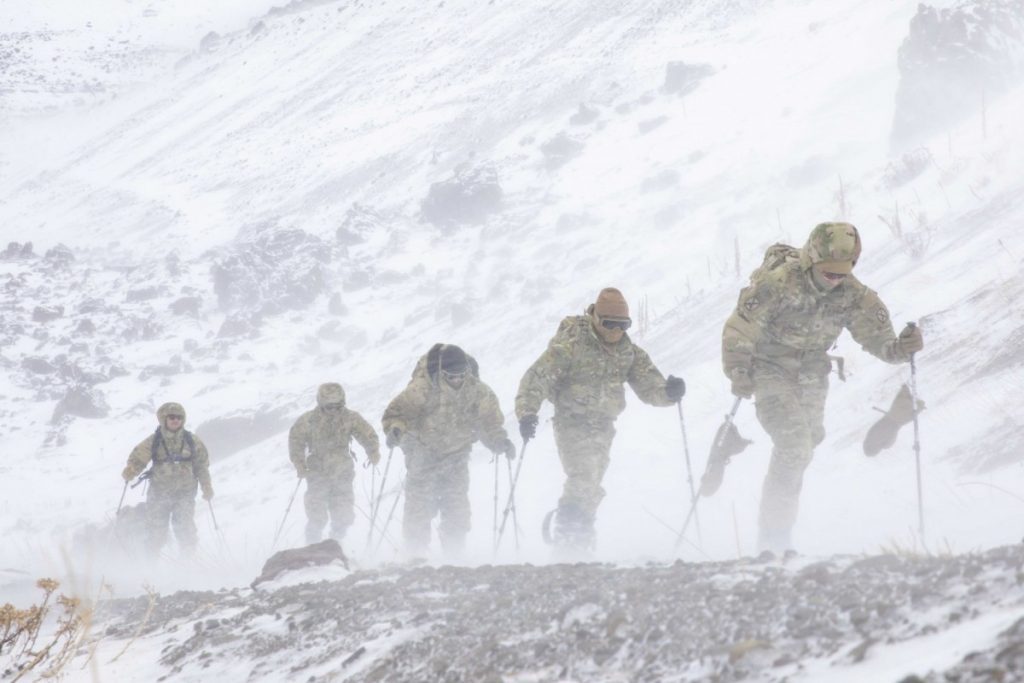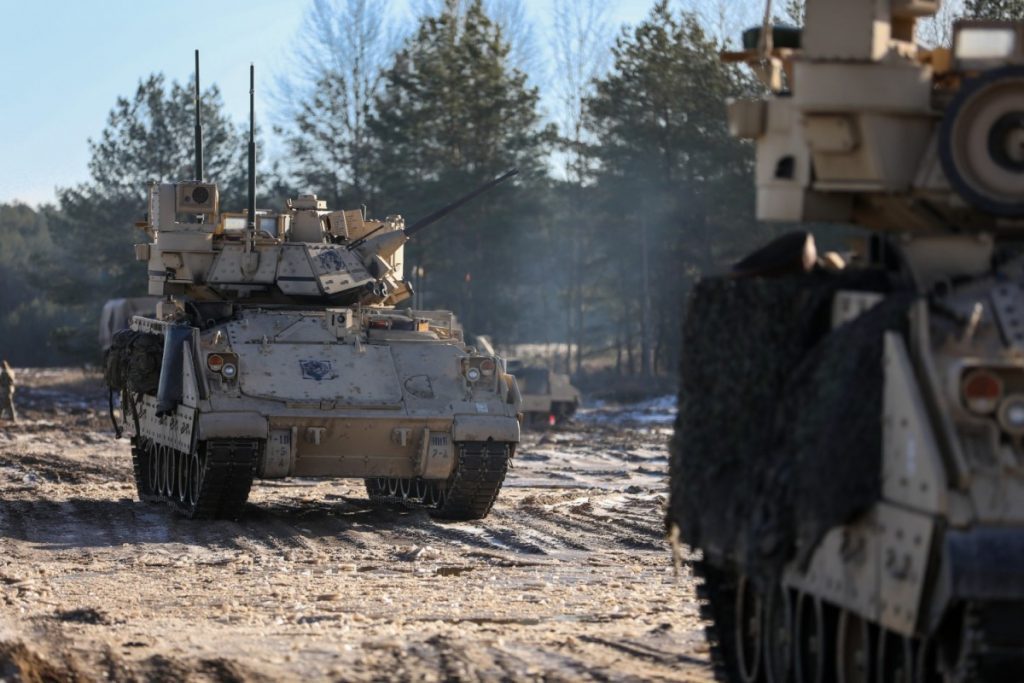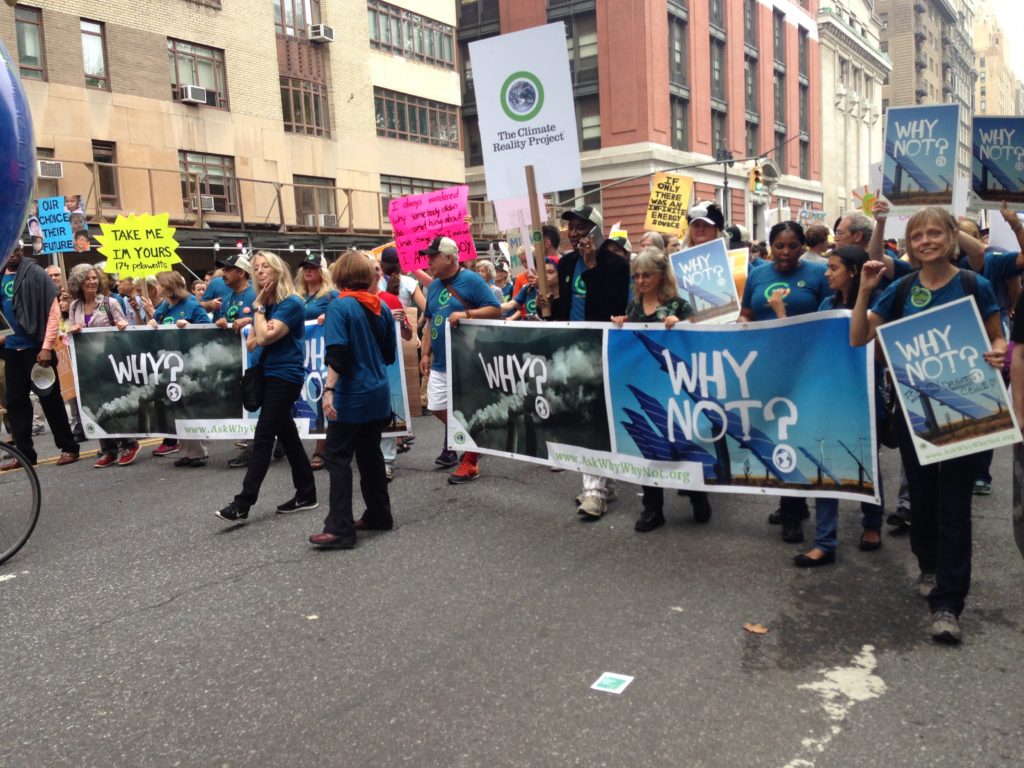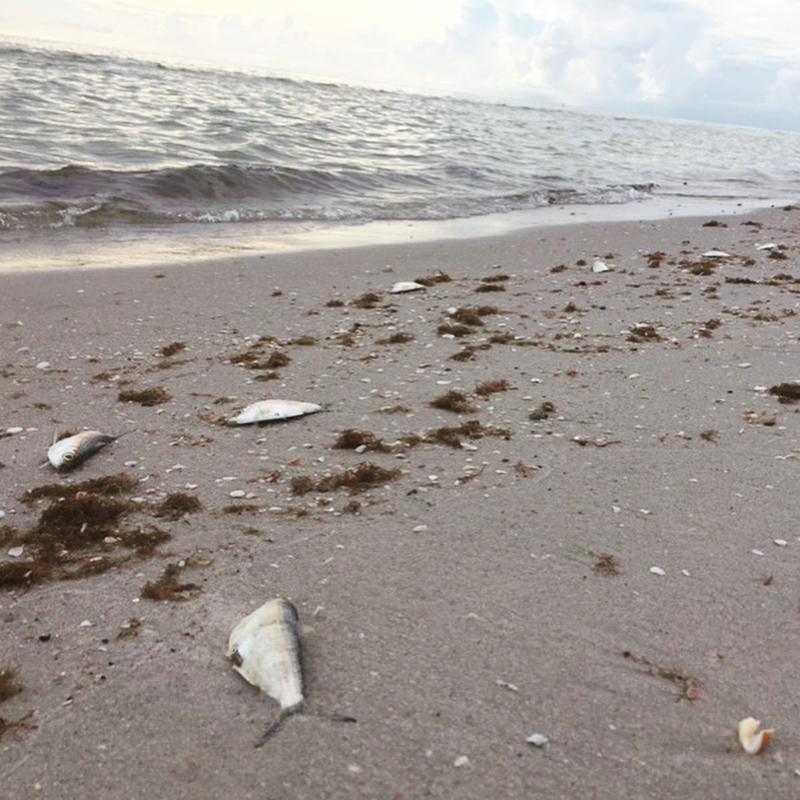On February 8, 2022, the largest branch of the United States military introduced its first ever climate strategy, signaling a shift in military operations to prepare for and adapt to a world affected by climate change. While the Army’s primary mission is to “fight and win the nation’s wars” (2), the climate strategy dually focuses on adapting to the conditions and risks associated with climate change and mitigating climate change by altering operations.
Adapting to Climate Change
For most, ‘climate change’ brings uncomfortable images of hot summers, melting sea and glacial ice, and drought. For the United States Army, climate change means “energy and water scarcity; damage to installations and infrastructure; displacement of and disruptions to operations, supply chains, and logistics; and imperiled soldier health through exposure to airborne irritants like smoke and dust, disease vectors, and temperature extremes” (3).
Increasing global temperatures and climate change brings increasing responses to climate-change related disasters and humanitarian crises. As climate change increases the frequency of weather events such as hurricanes and wildfires, the military is more frequently called to action for such events. In addition, climate change can increase global instability and conflict. For example, a four year long drought in Syria, driven by climate change, is responsible for tipping off the conflict there beginning in 2006 (2). As In order to address these threats and prepare soldiers, the Army has introduced ‘climate literacy’ to its training, and courses such as ‘Climate 101’ to provide a deeper understanding of climate threats (1). In addition to climate literacy, training is being expanded to include extreme weather exercises, like the six exercises conducted in 2020 in Iceland, Norway, and Canada (1).

Mitigating Climate Change
The Defense Department accounts for 56% of the carbon footprint and 52% of the electricity use of the federal government (2). As the largest military service, the Army is responsible for a large portion of the federal government’s impact on the environment and climate change. In order to mitigate the impact the Army has on climate change, the new climate strategy outlines a series of goals that aim to reduce emissions and resource use.

By 2035, the Army seeks an all-electric, non-tactical vehicle fleet (1), and by 2050 hopes to develop electric combat vehicles (2). At the 130 installations around the globe, the Army plans on purchasing ‘clean’ materials with ‘lower embodied carbon emissions’ (3), and seeks for more efficient installation operations. With lofty goals such as self-sufficient energy systems and self-power generation at each installation by 2035, the Army plans on cutting greenhouse gas (GHG) emissions in half by 2030, before fully eliminating emissions by 2050 (1). Critics of the climate strategy say that focusing on climate issues is a distraction from the ‘core business of the military’ (2), while the United States Army and supporters of the plan uphold the value in adopting the new strategy. For example, fuel supply lines are a major target for attack on military bases (2). By reducing dependence on fuel resources and adopting electric or more fuel efficient vehicles, bases and soldiers’ lives are less at risk. Lives are also protected when soldiers are prepared to face conditions and situations that will increase in commonality as climate change persists.
Sources
- Lacdan, Joseph. Army introduces strategy to combat climate change threats. U.S. Army.
https://www.army.mil/article/253863/army_introduces_strategy_to_combat_climate_change_threats
2. Birnbaum, M. and Root, T. The U.S. Army has released its first-ever climate strategy. Here’s what that means. The Washington Post.
https://www.washingtonpost.com/climate-solutions/2022/02/10/army-military-green-climate-strategy/
3. Judson, Jen. With new climate strategy, Army aims to prepare soldiers for harsher environments. DefenseNews.



